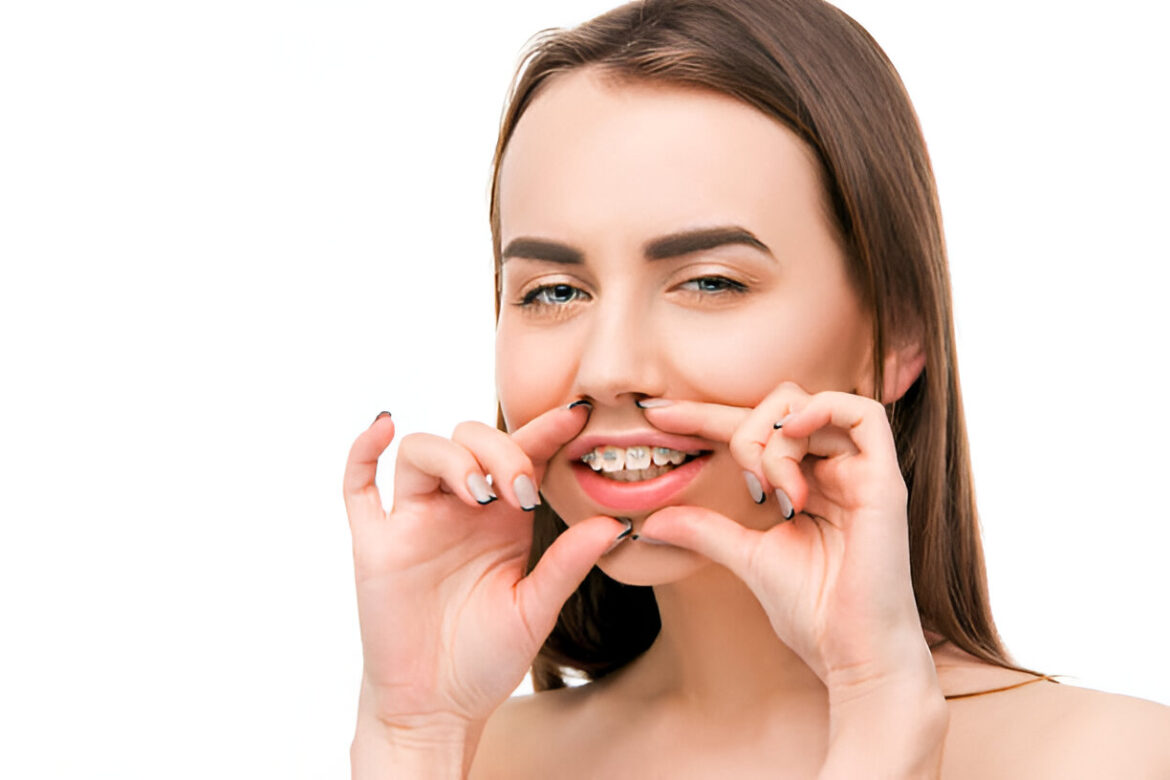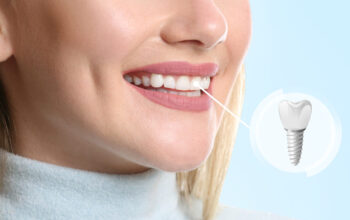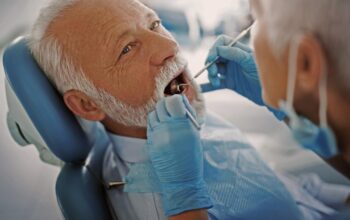A crossbite exists as a dental malalignment that makes the upper teeth position within the lower teeth while the back teeth overlap the lower teeth. The misaligned teeth structure creates problems with both the front and back mouth regions, which leads to speech impairments, eating issues, and oral health risks. Patients ought to seek specialized handling from professional orthodontists at Hom Orthodontics to reap the most beneficial care with individualized treatment.
An orthodontist in Manhattan Beach will help you become aware of the severity of the situation and suggest the most suitable remedy options. At Hom Orthodontics, they focus on orthodontic care, providing personalized remedies for all varieties of malocclusions, which includes crossbites. Professional staff members comprehensively know what every patient needs to receive optimal dental treatment for better dental wellness.
Types of Crossbites
Crossbites display themselves through three major types of manifestations.
- Posterior Crossbite: This particular malalignment occurs in the back teeth when the biting position has upper teeth placed within the lower teeth structure. Chewing problems arise from tooth misalignment while the teeth experience uneven wear.
- Anterior Crossbite: People experience dental complications when their upper front teeth are located in a backward position behind the lower front teeth. This includes speaking difficulties and affects both chewing and biting processes.
- Buccal Crossbite: The condition in question exists when upper back teeth position themselves outside of lower teeth space, which causes both tooth sensitivity and gradual tooth damage.
What Causes Crossbite?
Crossbites usually develop due to genetic components, yet potential causes also include extended thumb habit, delayed shedding of baby teeth, and irregular adult teeth movement. The narrow condition of the upper jaw usually leads to the upper teeth resting within the lower teeth.
Early recognition of the original cause during childhood helps prevent the development of future serious issues, which might involve jaw distress and improper jaw positioning.
The Importance of Treatment
A crossbite that remains untreated causes multiple problems in dental and skeletal structures, which include the following:
- Misaligned jaw growth
- Excessive wear of teeth
- Jaw shifting to one side
- People with this condition often face higher susceptibility to dental cavity disease and gum illness
- A person suffering from Temporomandibular joint disorders (TMD) will experience jaw pain alongside headaches.
Professional orthodontic care at the right time protects dental health development and avoids potential painful complications.

Treatment Options for Crossbite
The treatment options for crossbite diagnosis depend on how severe and what type of crossbite the patient has.
Common treatments include:
- Palatal Expander: By using this device, the upper jaw expands through a step-by-step process until the proper positioning of back teeth is achieved.
- Braces: The application of braces works to properly position both the upper and lower teeth, thus fixing bite problems.
- Clear Aligners: Adults, along with teenagers, can solve crossbites more inconspicuously through brackets-free tooth straightening devices.
- Surgery: Some cases require jaw surgery to correctly position jawbones before aligning the teeth effectively.
Conclusion
Proper intervention before adulthood remains vital to stop future dental complications. An experienced orthodontist working in Manhattan Beach can treat patients through braces or clear aligners and palatal expanders to create a balanced smile. Trust Hom Orthodontics for expert care.




